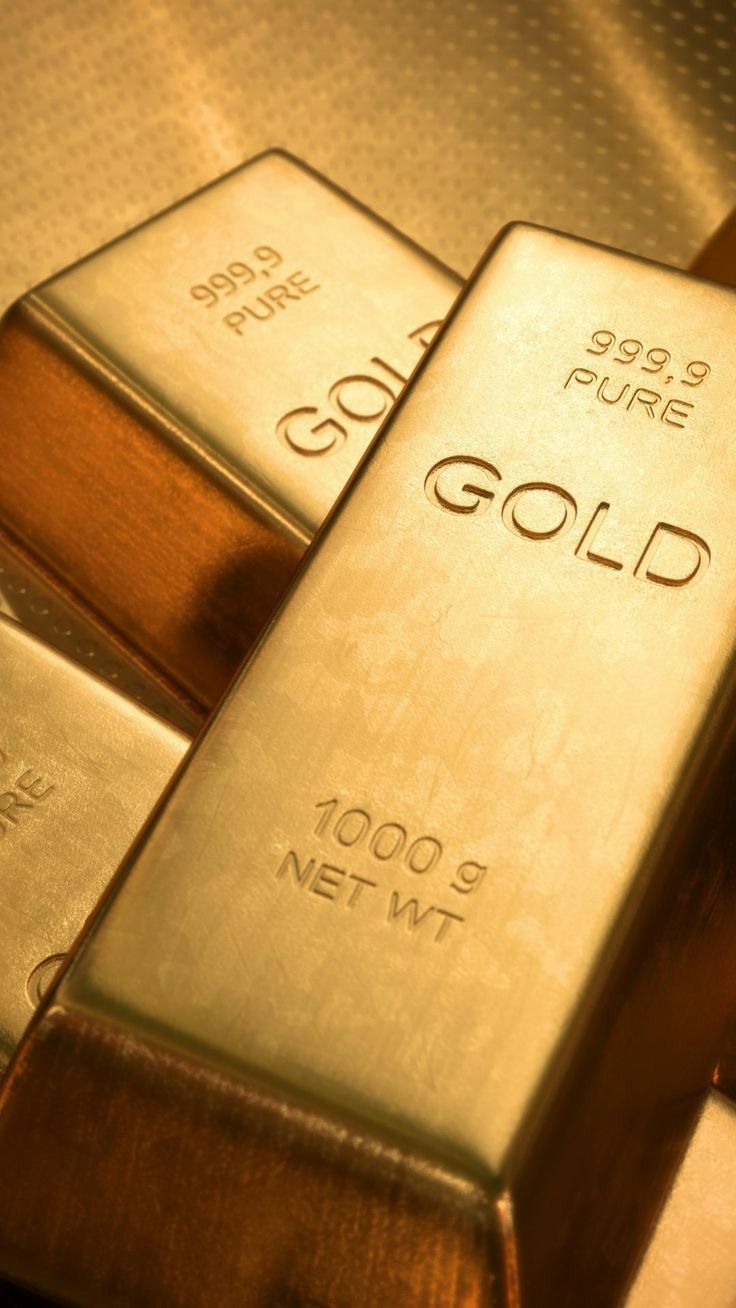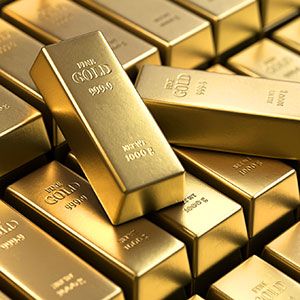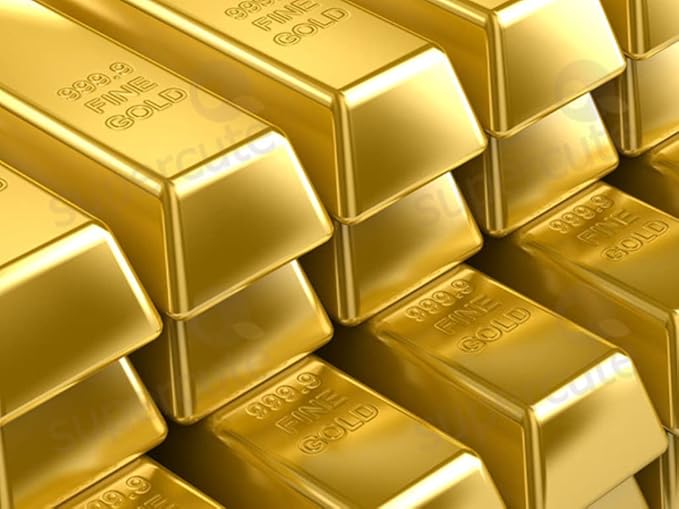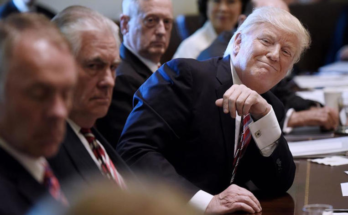Current Market Overview

Gold prices rose by 0.5% to $3,256.51 per ounce, recovering from a two-week low experienced earlier in the week. U.S. gold futures increased by 1.3% to $3,265.10. This rebound is attributed to ongoing investor demand amid persistent uncertainties, despite easing trade tensions between the U.S. and China. The U.S. dollar’s 0.3% decline also made gold more attractive to foreign investors.
Influencing Factors

Several factors are contributing to the current dynamics of the gold market:
- Trade Policies: The U.S. administration’s recent tariff announcements, including a 25% tariff on all steel and aluminum imports, have heightened global economic uncertainties. (Wikipedia)
- Central Bank Demand: Central banks, particularly in emerging markets, are increasing their gold reserves as a hedge against currency volatility and geopolitical risks. Goldman Sachs has raised its 2025 gold price forecast to $3,100 per ounce, citing growing demand from central banks. (GuruFocus)
- Inflation Concerns: Persistent inflationary pressures are leading investors to seek assets like gold that traditionally serve as a store of value.
Market Outlook

Analysts have varying projections for gold prices through the end of 2025:
- Goldman Sachs: Forecasts gold prices to rise to $3,100 per ounce, with potential to reach $3,300 if geopolitical risks escalate. (Finance Magnates)
- JPMorgan: Projects gold to hit $3,000 per ounce by the end of 2025, considering policy uncertainty and geopolitical risks. (Nasdaq)
- Deutsche Bank: Suggests a price range between $2,450 and $3,050 per ounce, highlighting central bank activity as a key catalyst. (Nasdaq)
- DoubleLine Capital: CEO Jeffrey Gundlach predicts gold could reach $4,000 per ounce, driven by central banks’ accelerating gold purchases. (Finance Magnates)
Investment Considerations
Investors are advised to monitor the following:
- Economic Indicators: Upcoming U.S. non-farm payrolls reports and Federal Reserve policy decisions can influence gold prices.(Reuters)
- Global Trade Developments: Any changes in international trade relations or tariff implementations may impact market sentiment.(ft.com)
- Currency Fluctuations: Movements in the U.S. dollar can affect gold’s attractiveness to foreign investors.
Given the current economic landscape, gold remains a significant asset for investors seeking to hedge against inflation and geopolitical uncertainties.



